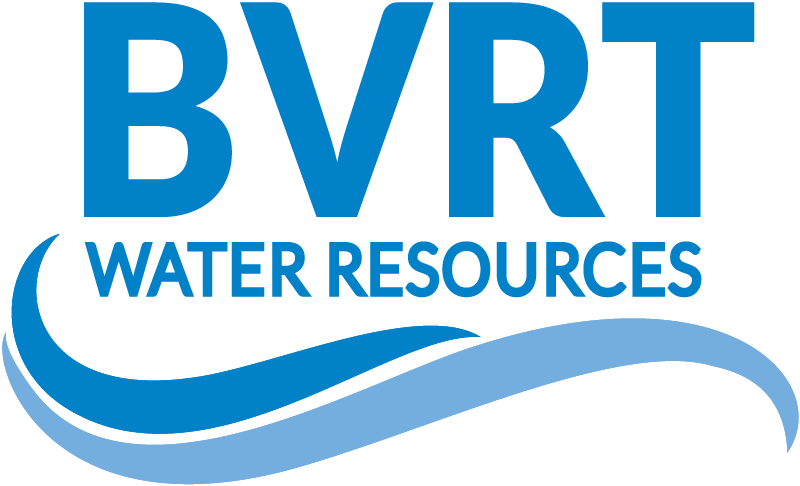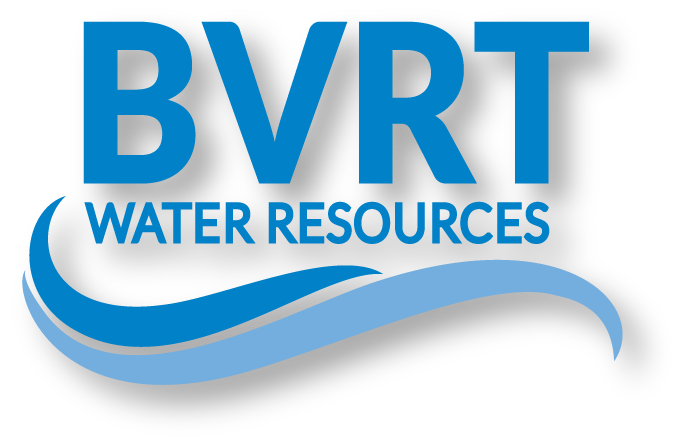Improving Water Treatment Efficiency Via Energy Management, Optimization
 Source: ABB Inc.
Source: ABB Inc.
The cost of water delivered to customers is as much about the energy needed to move it as the chemicals required to treat it. Balancing water chemistry, infrastructure costs, and energy consumption is key to optimizing the overall cost of operation. Experience shows that some astute water suppliers are closer to achieving their ideal outcomes than most people realize. Here are some insights into how that works.
Redefining Energy Management
The U.S. EPA estimates that electricity use accounts for a large percentage of water and wastewater utility costs — approximately 80 percent for water treatment and distribution utilities and up to 40 percent for wastewater treatment utilities. The first steps toward optimizing energy consumption and costs are rooted in monitoring, documenting, analyzing, and understanding exactly how energy is currently consumed.
The benefits of a good analytical approach go beyond simply minimizing energy consumption; they extend to optimizing total energy costs based on all available assets, disciplined use, and timing of that use. Water-industry management solutions that address all of the following aspects of cost-effective energy management can maximize opportunities for better decision-making from source-water intake, to tap-water distribution, to wastewater treatment and discharge:
- Identify Energy Assets. Having alternate energy sources — such as solar or wind power — can give water utilities options above and beyond their conventional power-grid supplier. Balancing when and how to use those assets for optimal benefit will depend on how energy is currently managed and how it can be managed moving forward:
- Is that electricity produced in-house or purchased from an outside supplier?
- What are the energy sources for electricity currently consumed — gas, coal, nuclear, hydroelectric, solar, wind, etc.?
- How much is consumed from each source?
- How much flexibility is there for switching among various electricity sources?
- Map Energy Demands. Knowing the total volume of energy used to sustain existing water treatment, distribution, or collection is an important baseline for planning more efficient energy use and expenditures. In order to maintain system pressure while optimizing the response to changes in consumption patterns, however, it is also important to understand:
- when and how that energy is consumed,
- how much of it might be wasted due to over-pressurizing the distribution system or over-aerating a treatment system, and
- how that volume might be either reduced or shifted to off-peak hours to avoid penalties.
- Plan For Optimum Energy Use. Many SCADA systems offer some degree of analytical capabilities designed to document the financial and operational impacts of specific energy-use decisions. Having the ability to integrate SCADA data and tactical energy-saving plans under the umbrella of broader strategic data tools that take other energy-use variables into account can lead the way to step-change behavior that integrates water industry energy-optimization strategies. Even then, the pure cost of energy might not be the only consideration. For example, reducing carbon footprint might have just as important an impact on which energy alternatives are chosen.
- Optimize Energy Costs. Not every kilowatt-hour (kWh) of energy consumed costs the same. Costs can vary with the source of energy, the relative demand during peak-rate periods, and the total consumption. Being able to balance supply and demand costs with optimum consumption efficiency provides the ultimate benefits for improving treatment plant performance and cost efficiency. Having a complete overview of all energy-related activity also puts a utility in a position to work with its energy supplier to negotiate the best rates based on how the water utility’s management of its energy consumption can support the energy supplier’s goals and needs.
- Maximize Outcomes. Making information available to all involved parties throughout the process can empower line workers to make better decisions for delivering the same quality at lower costs. Results can be measured on true bottom-line results rather than just interim production metrics of MGD or kWh. Once a water utility or municipality is able to manage its energy consumption patterns and viable alternatives in detail, the data can be used to generate regulatory and corporate reports, conduct internal analyses, and strategize additional energy-saving options.
Embracing Opportunities For Energy Optimization
While widespread early adoption of smart-city approaches might have been hampered by funding limitations or a siloed approach to independent water, gas, electricity, sewer, etc. operations, the world is changing. Enabled by the evolution from analog to digital systems, water professionals are increasingly recognizing the inter-relatedness and fiscal viability of shared data, shared costs, and economies of scale across shared functions such as metering, billing, and energy consumption among municipal water, electricity, gas, and sewage utilities. These include capabilities for better energy analytics and control, as well as collaborative help for getting optimum outcomes from that analytical data. In fact, some impressive results are being demonstrated by modest-sized cities. Here are two examples of how smart-city approaches to energy management and optimization are paying dividends:
- In the German city of Trier (population 115,000), unified energy and water management was optimized around the availability of renewable power generation — as described at the end of this smart-city overview. The solution balanced water treatment energy requirements against multiple energy sources to avoid paying premium rates for overconsumption during periods of peak demand. Successful adoption relied on allowing each stakeholder in the operation to see the benefits to their aspect of operations.
- In the Swedish city of Våsteras (population 150,000), working with a multifaceted utility enabled the city to harness the benefits of a smart-city approach beyond water utility services alone. The effort encompassed water, wastewater, a hydroelectric plant, the local power grid, heating and cooling networks, a waste-to-energy plant, and a fiber-optic network.
___
Original Article from Water Online

